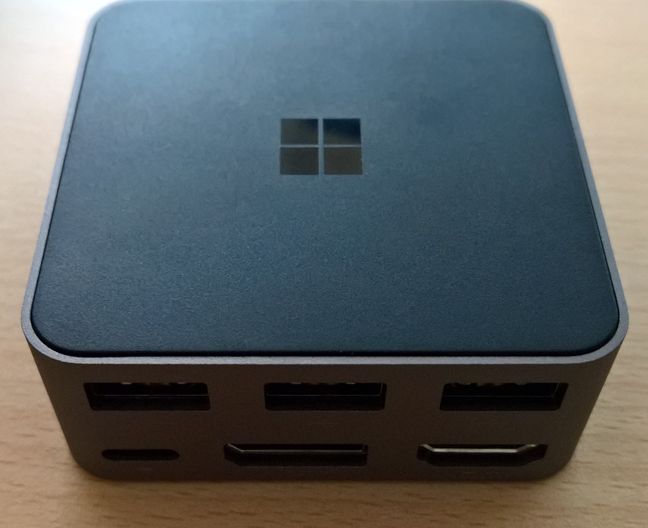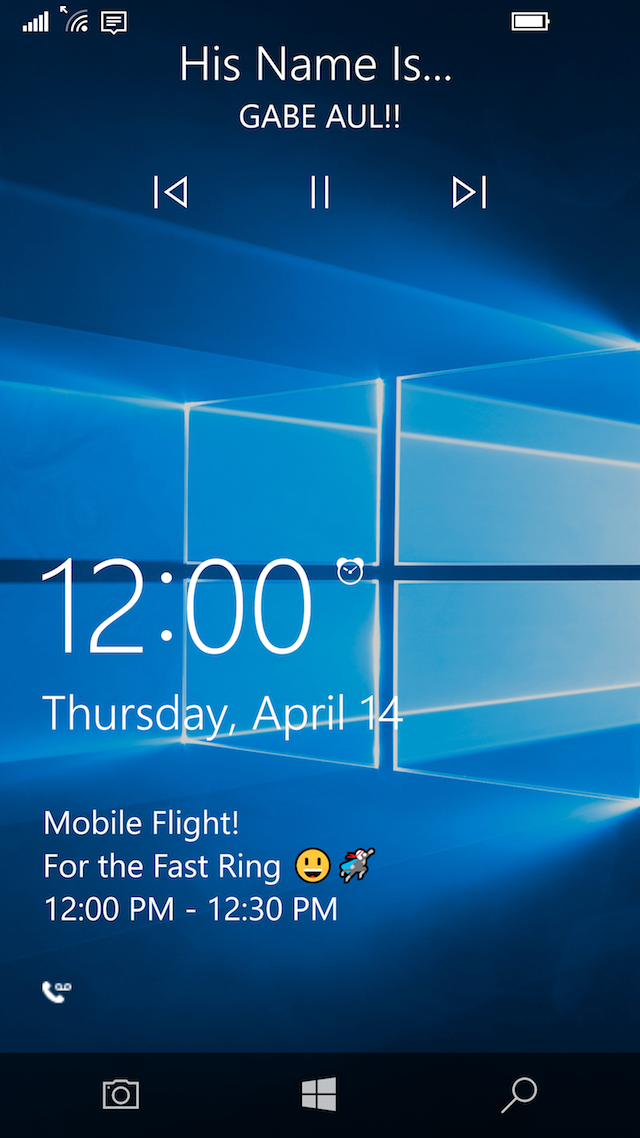
I'm told to expect apps like Microsoft News, Skype, and Xbox Game Streaming to have spanning modes and drag and drop where applicable. According to my sources, most, if not all, Microsoft apps will support Surface Duo's unique capabilities at launch. That's everything we've had the chance to test so far. I've not come across any apps that automatically span themselves upon opening, which I'm told is a deliberate user experience decision. For example, if I had Twitter pinned to the left display and tapped on its icon, the app would open on the left display. It's very fluid and intuitive.īy default, all apps open in single-screen mode on the display where the app was initiated from. To span, an app across both displays, swipe the app up, but instead of letting go, drag the app over to the center bezel and let go there.

To close an app, swipe up from the bottom just like an iPhone or Pixel device using gesture navigation. Surface Duo uses gestures for navigation, and they are an integral part of the dual-screen experience. For example, I was able to highlight text in Edge, open Word on the other display, and drag the highlighted text from Edge to Word and let go to paste it into a Word document, just like you'd expect.

Microsoft Edge also supports dragging and dropping images, text, and links from webpages into other apps that support drag and drop. Spanning Microsoft Edge makes more sense when using the app in portrait mode, as it gives you much more content at once without cutting down the middle of it.

Web developers can choose to support dual-screens, but not every website will. Spanning Edge will also span websites, but most websites will be left with the Surface Duo's bezel cutting into the content. The UI will automatically adjust when spanning the app across both displays, putting the address bar on the left and the favorites hub in an icon on the far right on the right display. The default browser experience on Surface Duo is Microsoft Edge, and it also has support for dual-screens. Source: Windows Central (Image credit: Source: Windows Central)


 0 kommentar(er)
0 kommentar(er)
